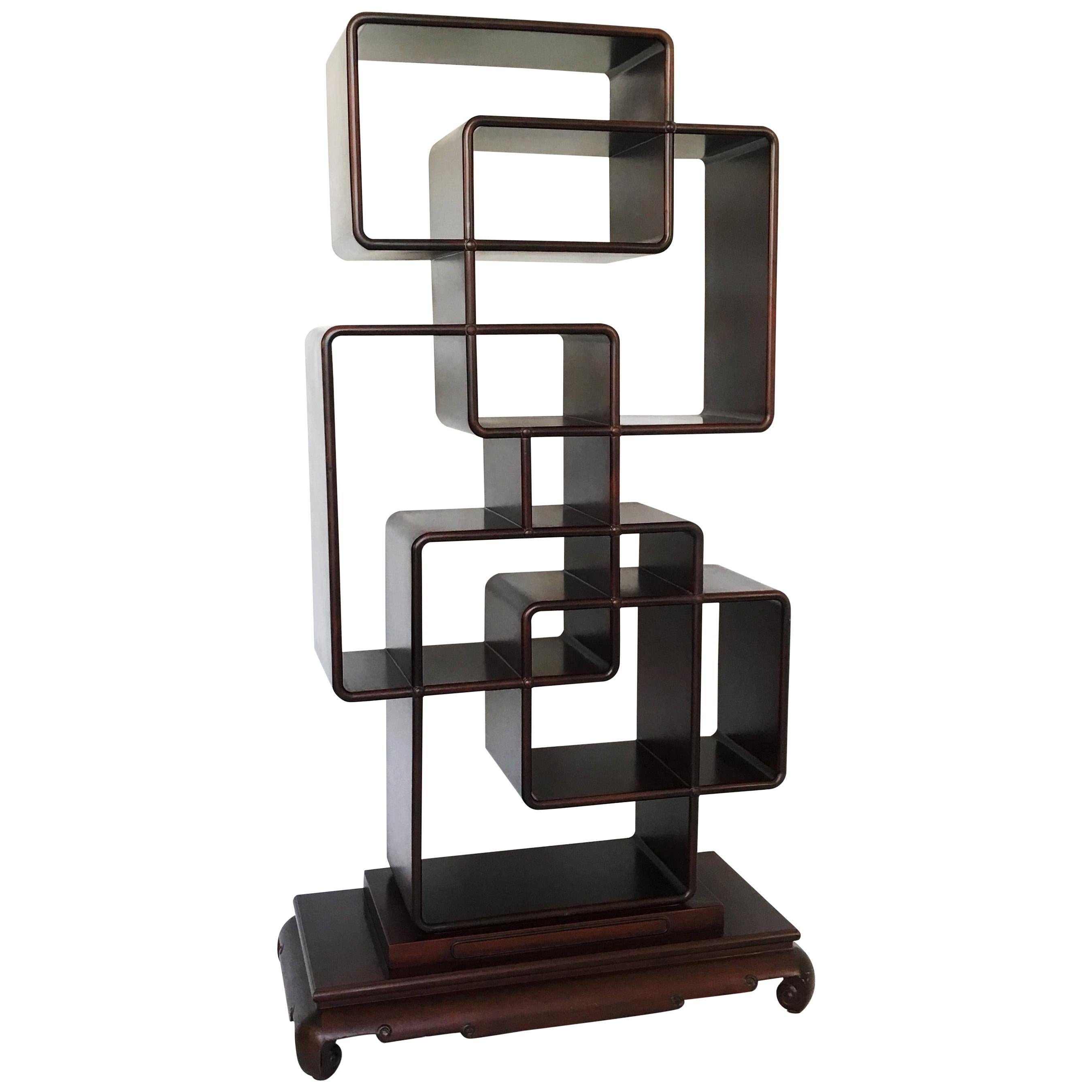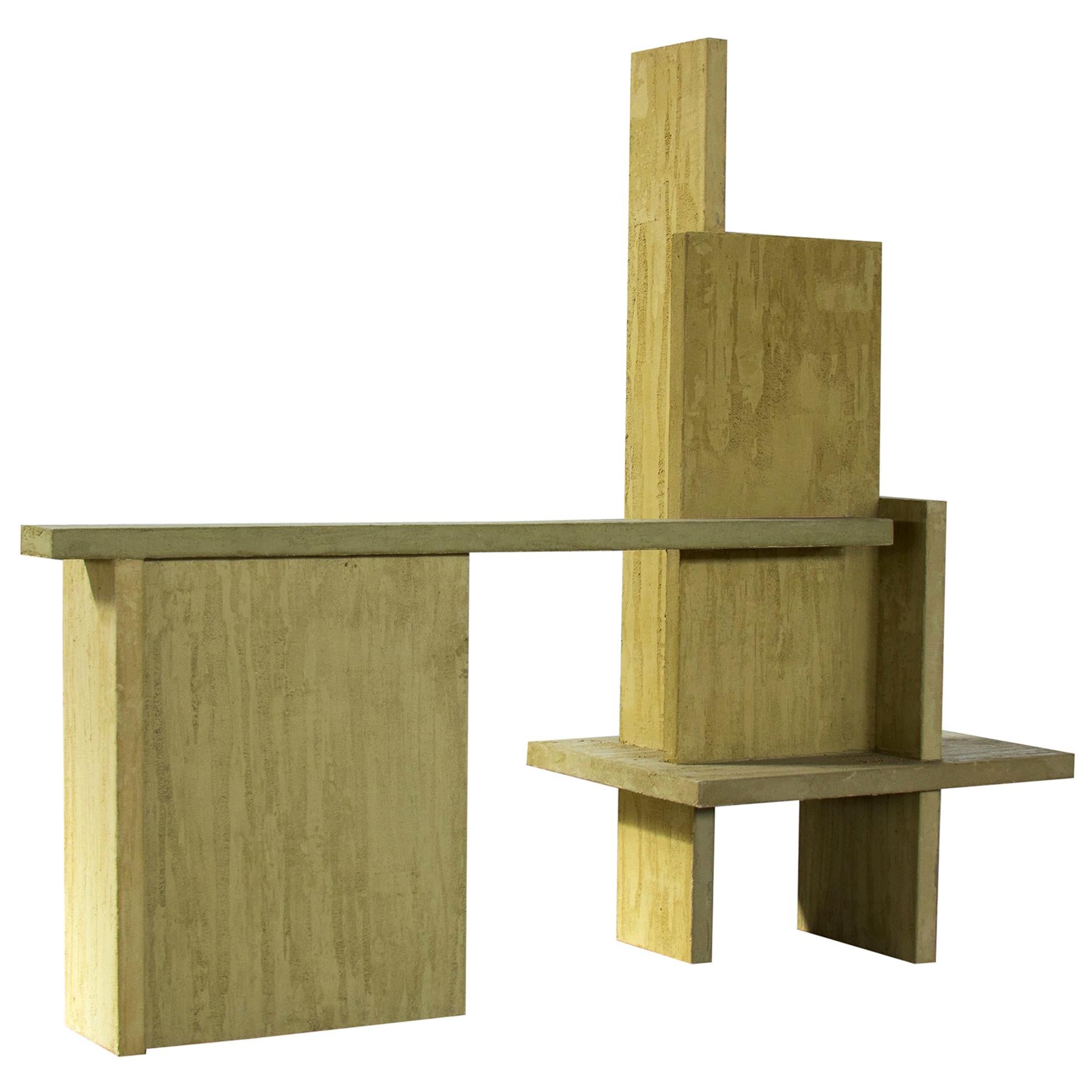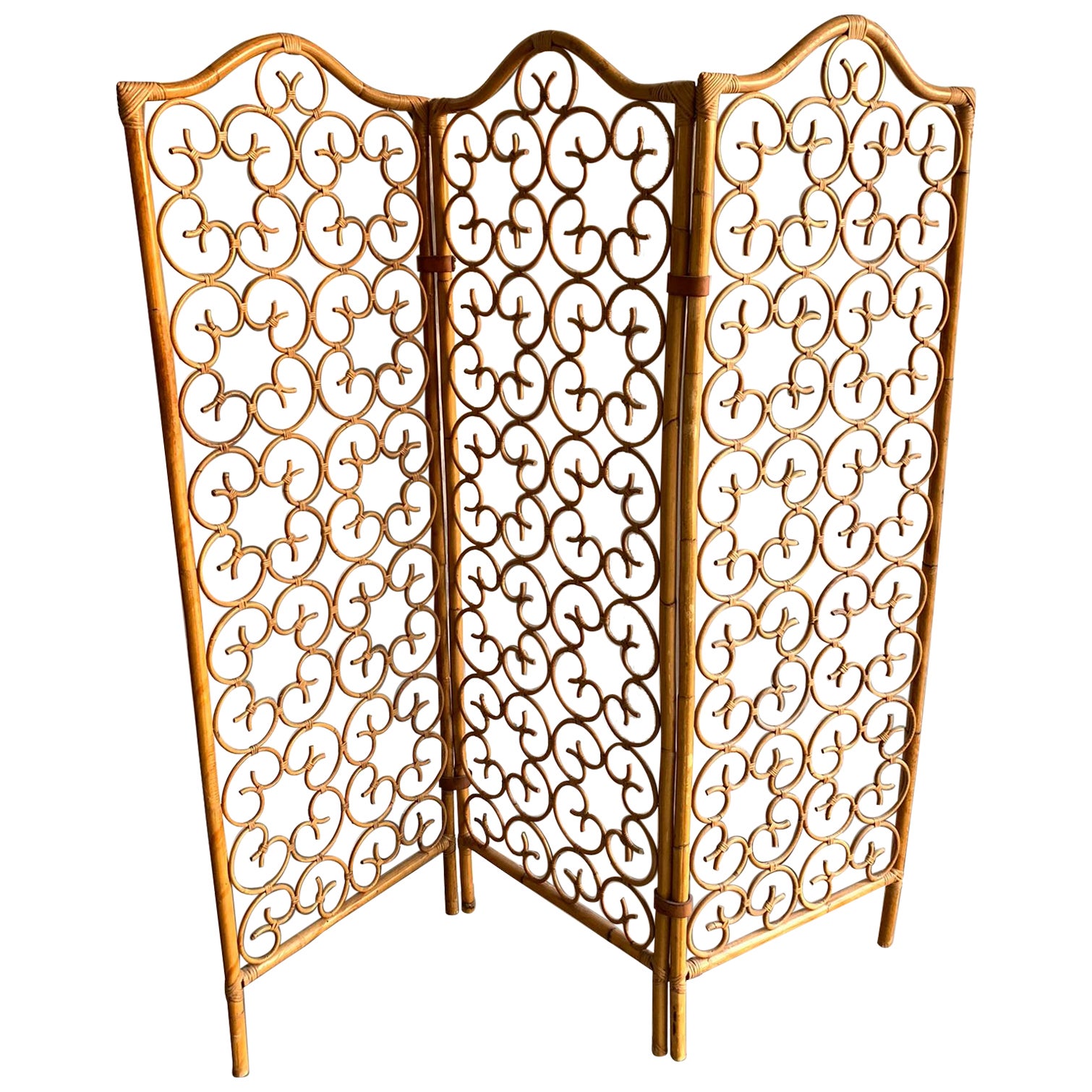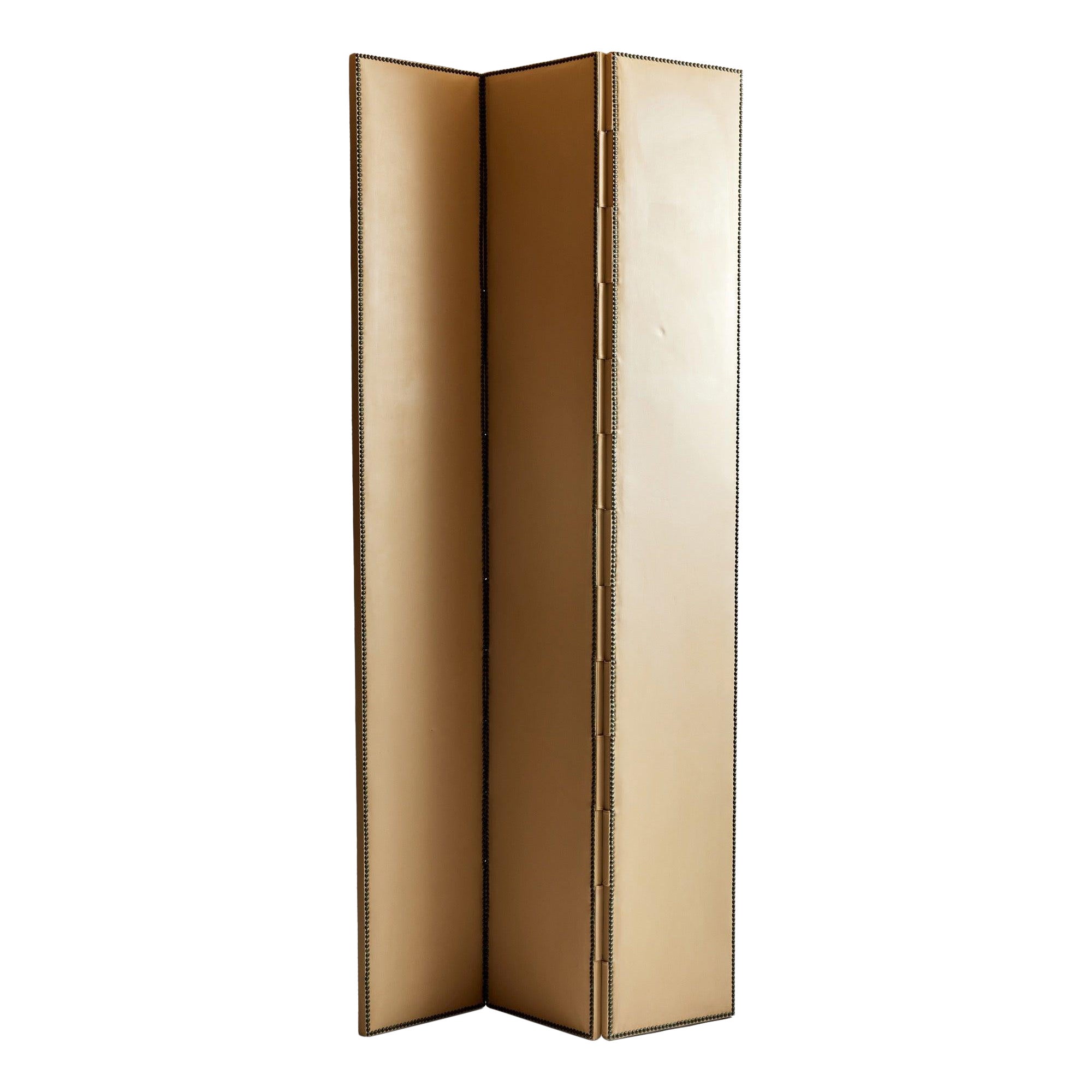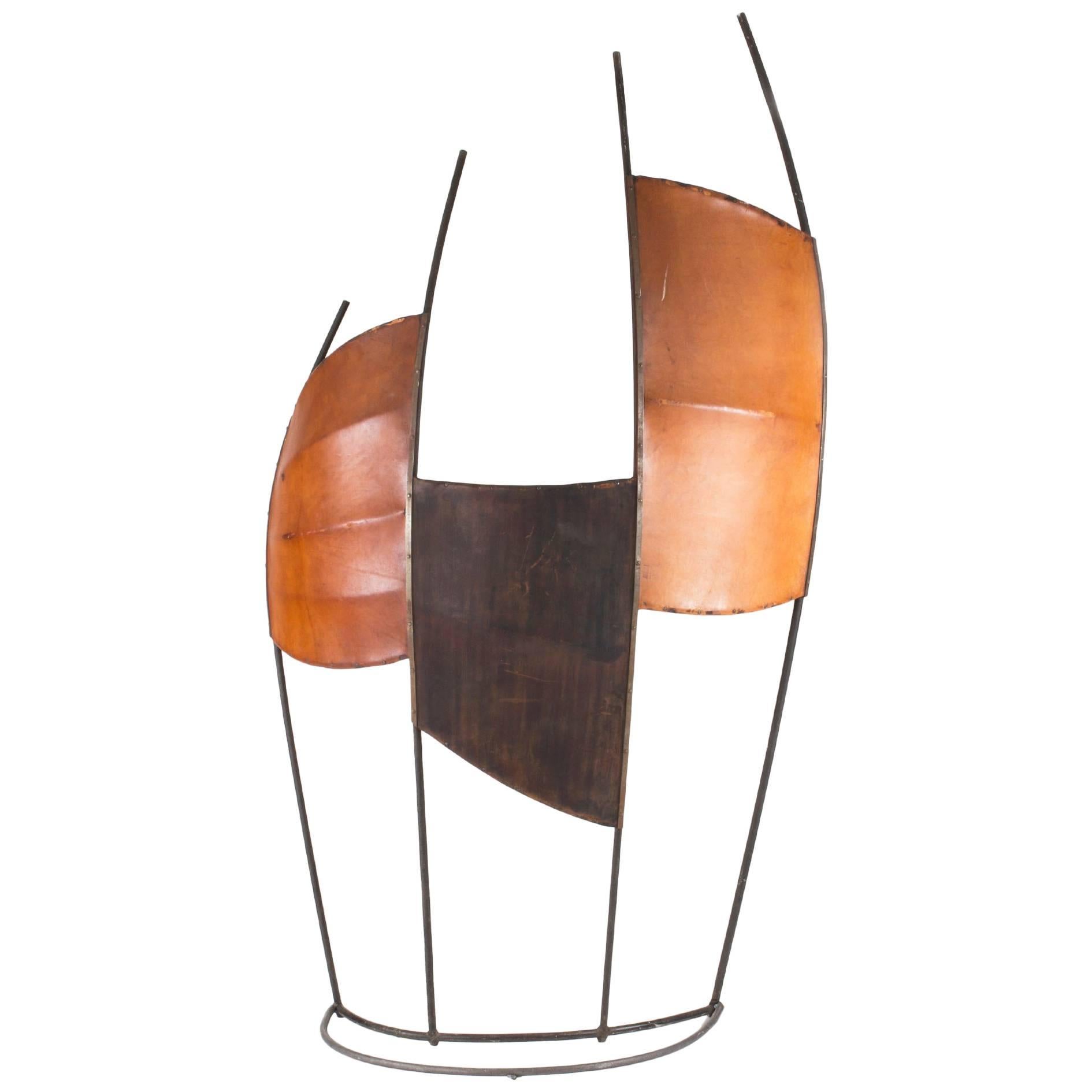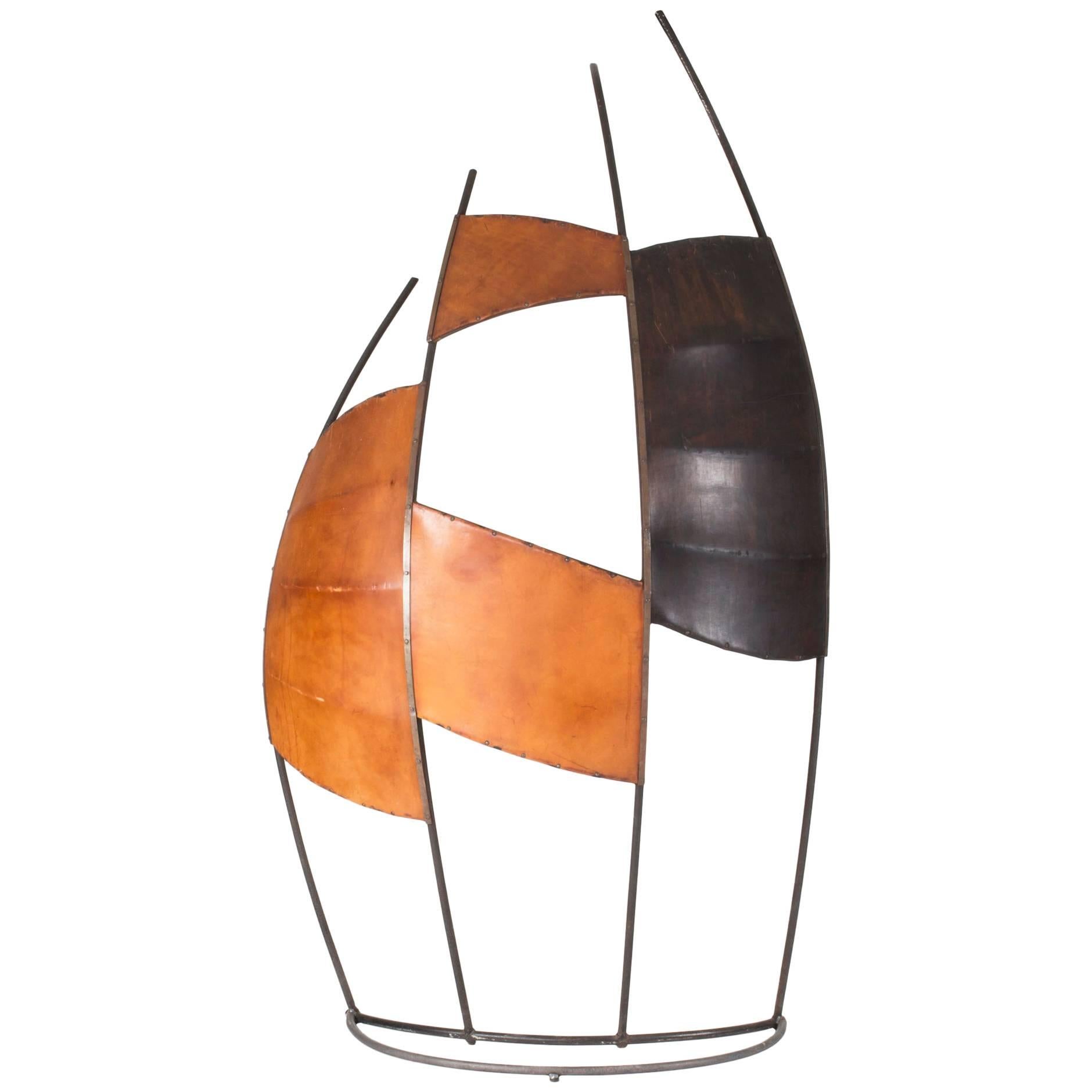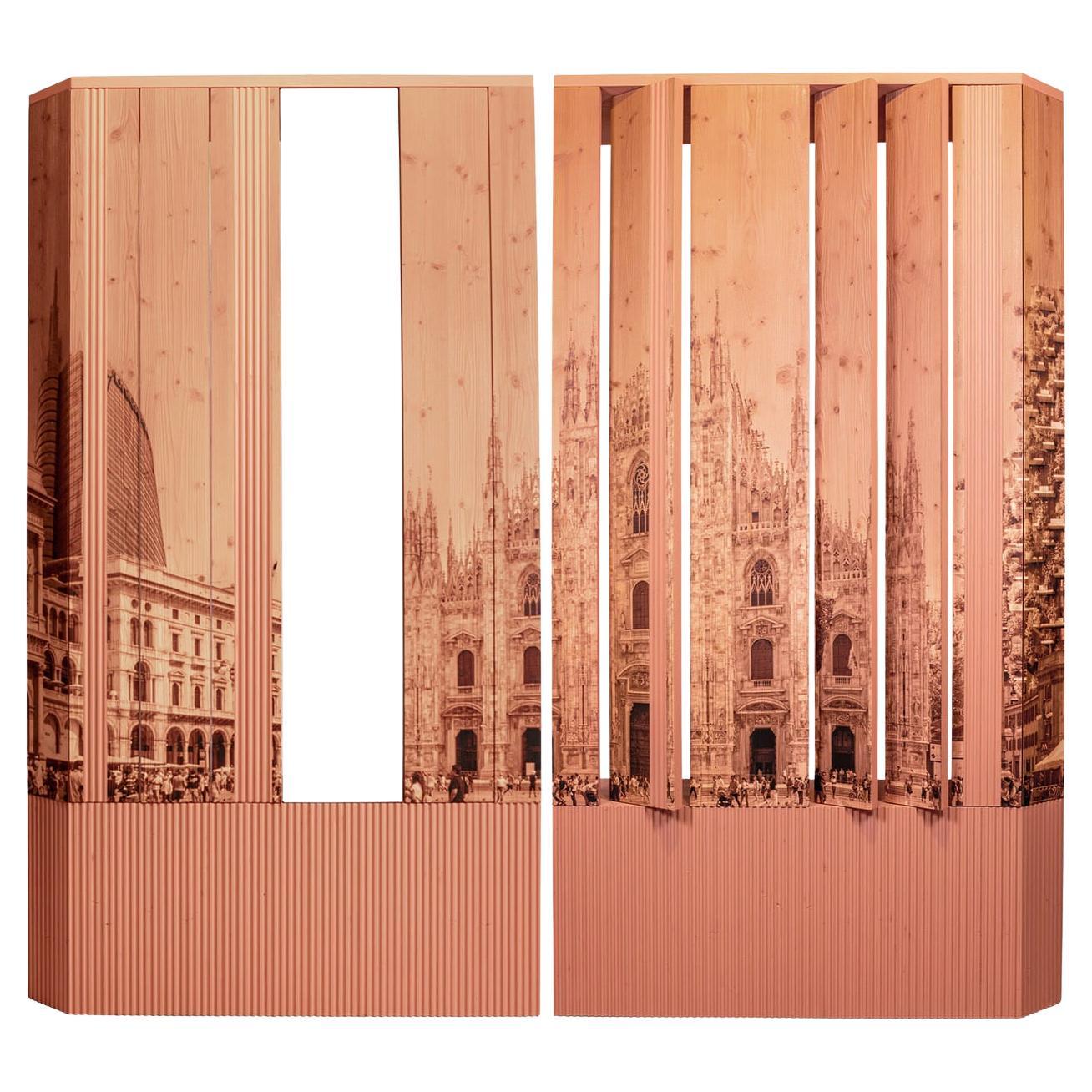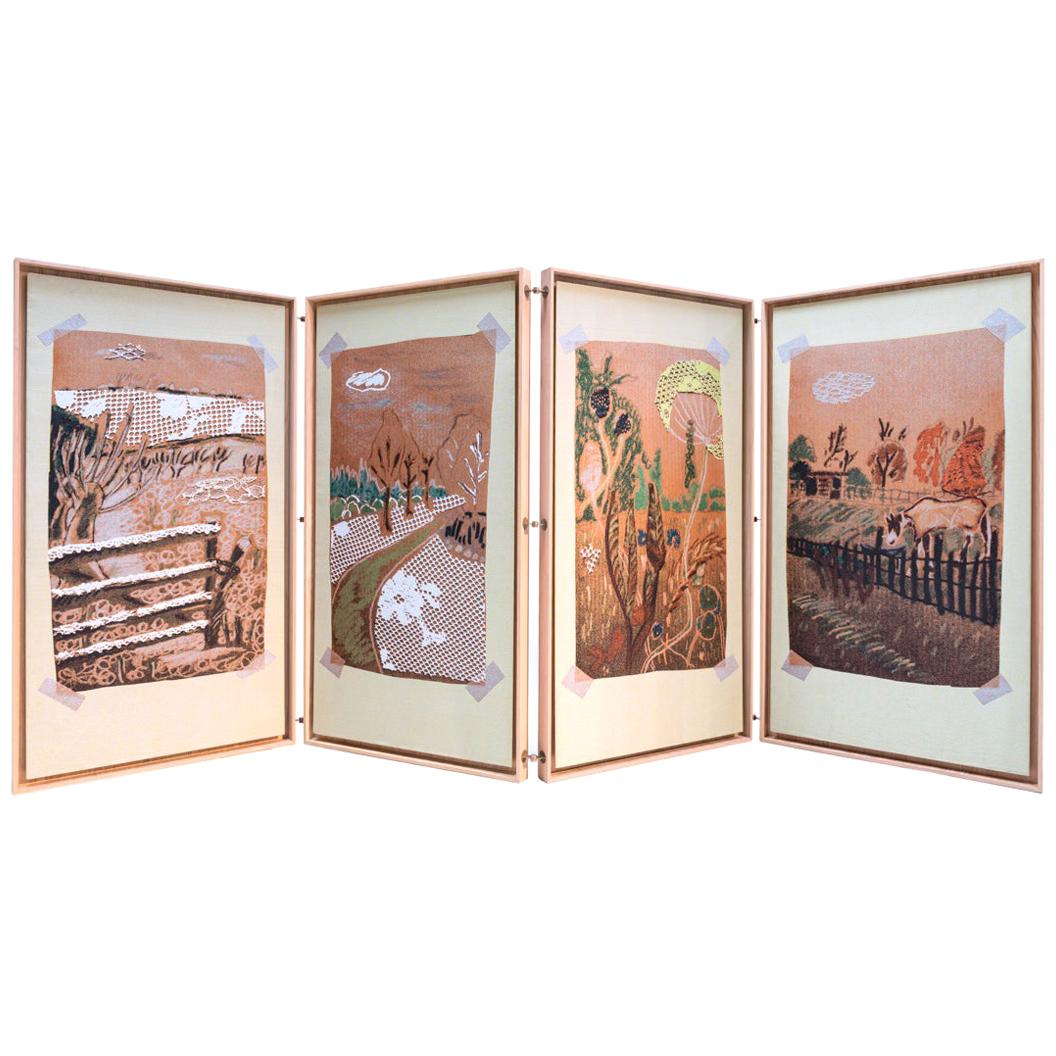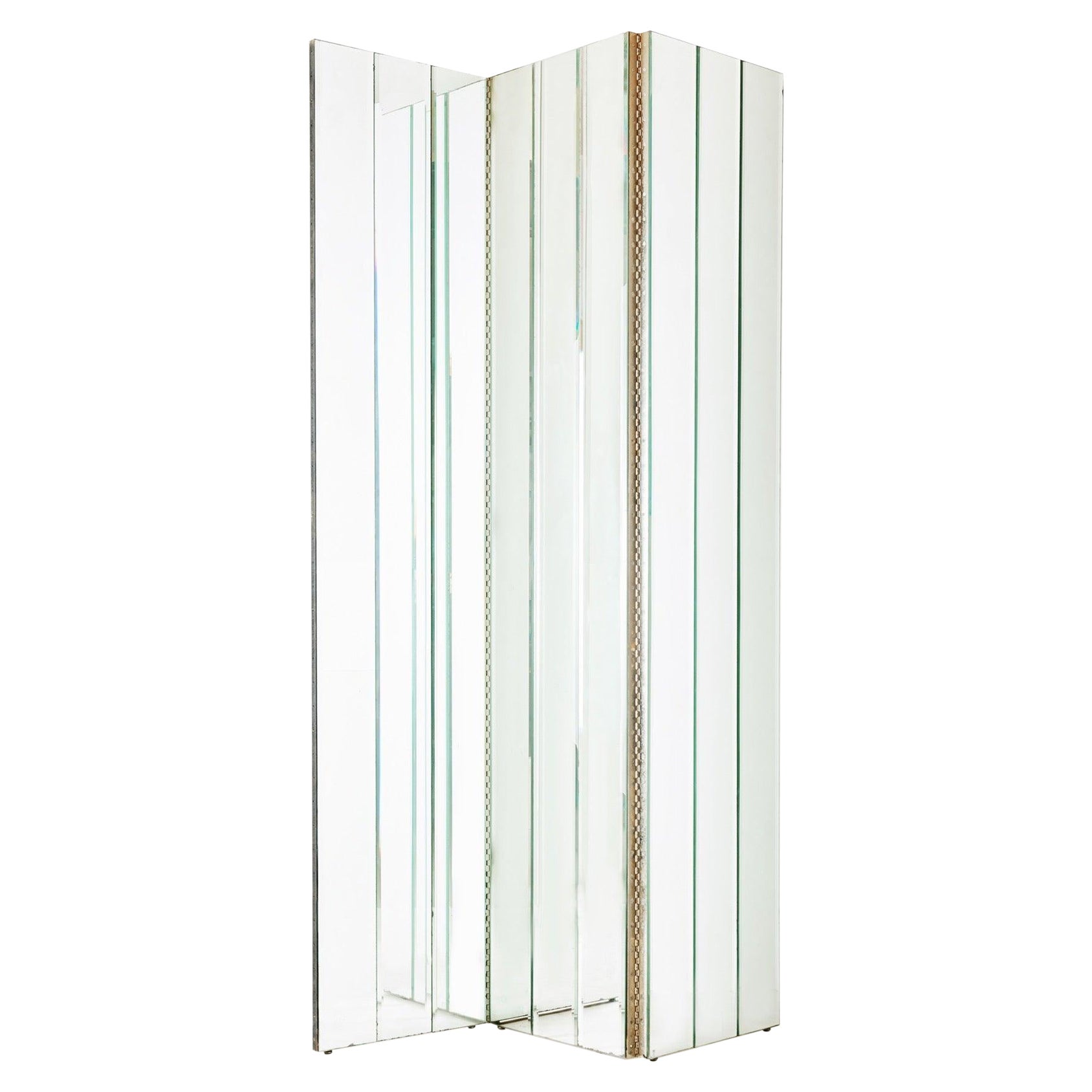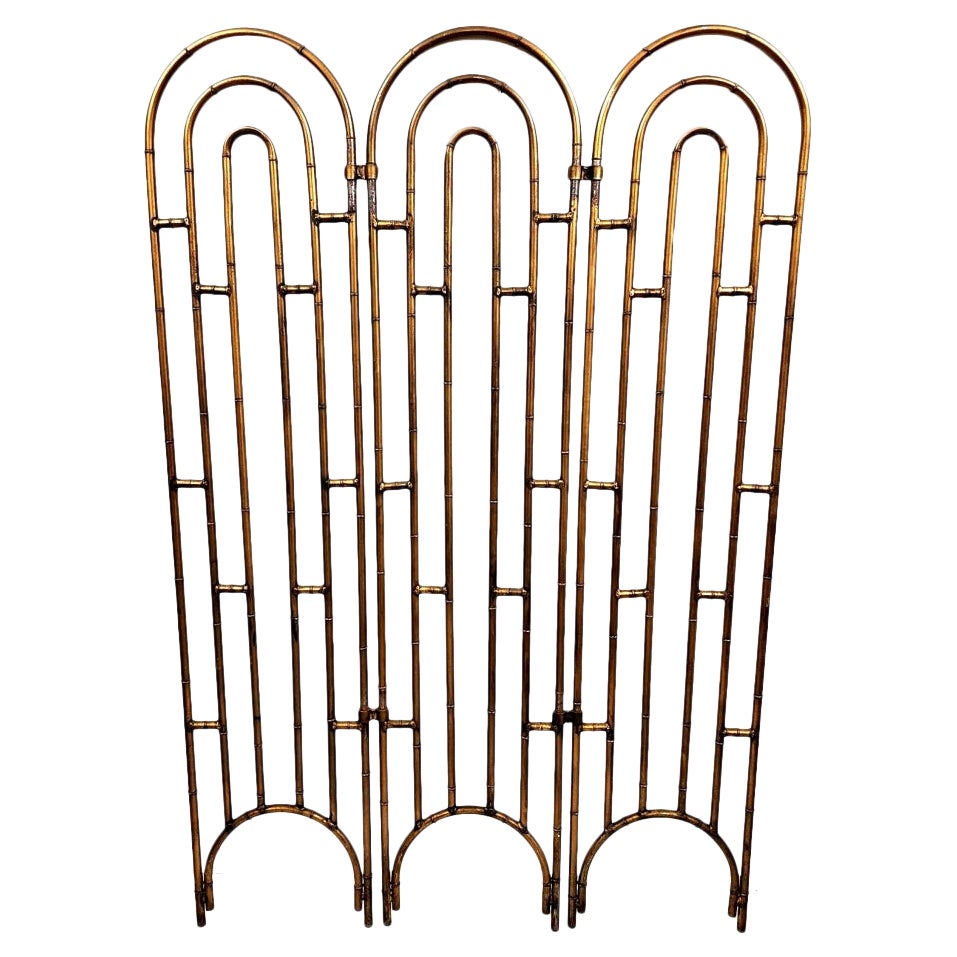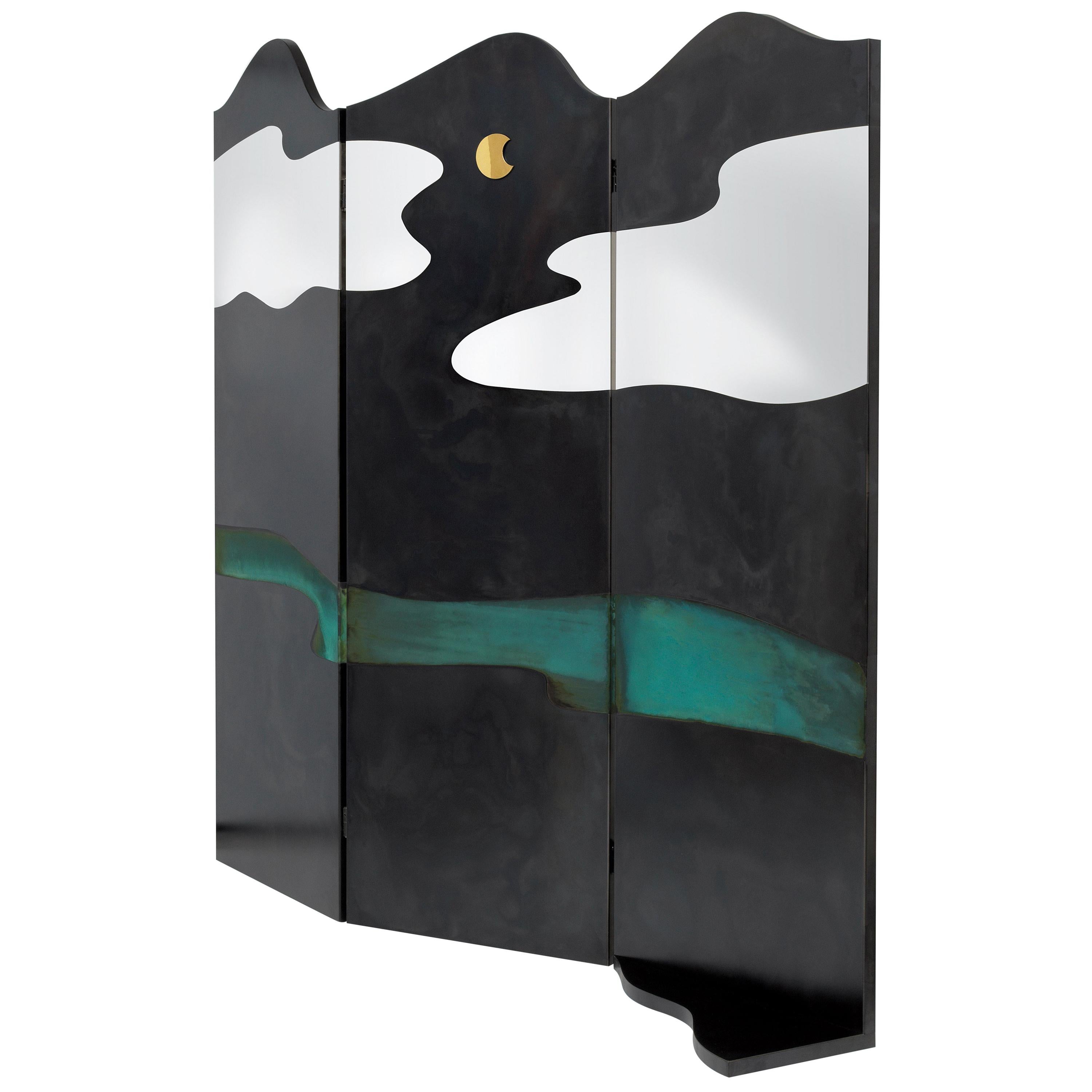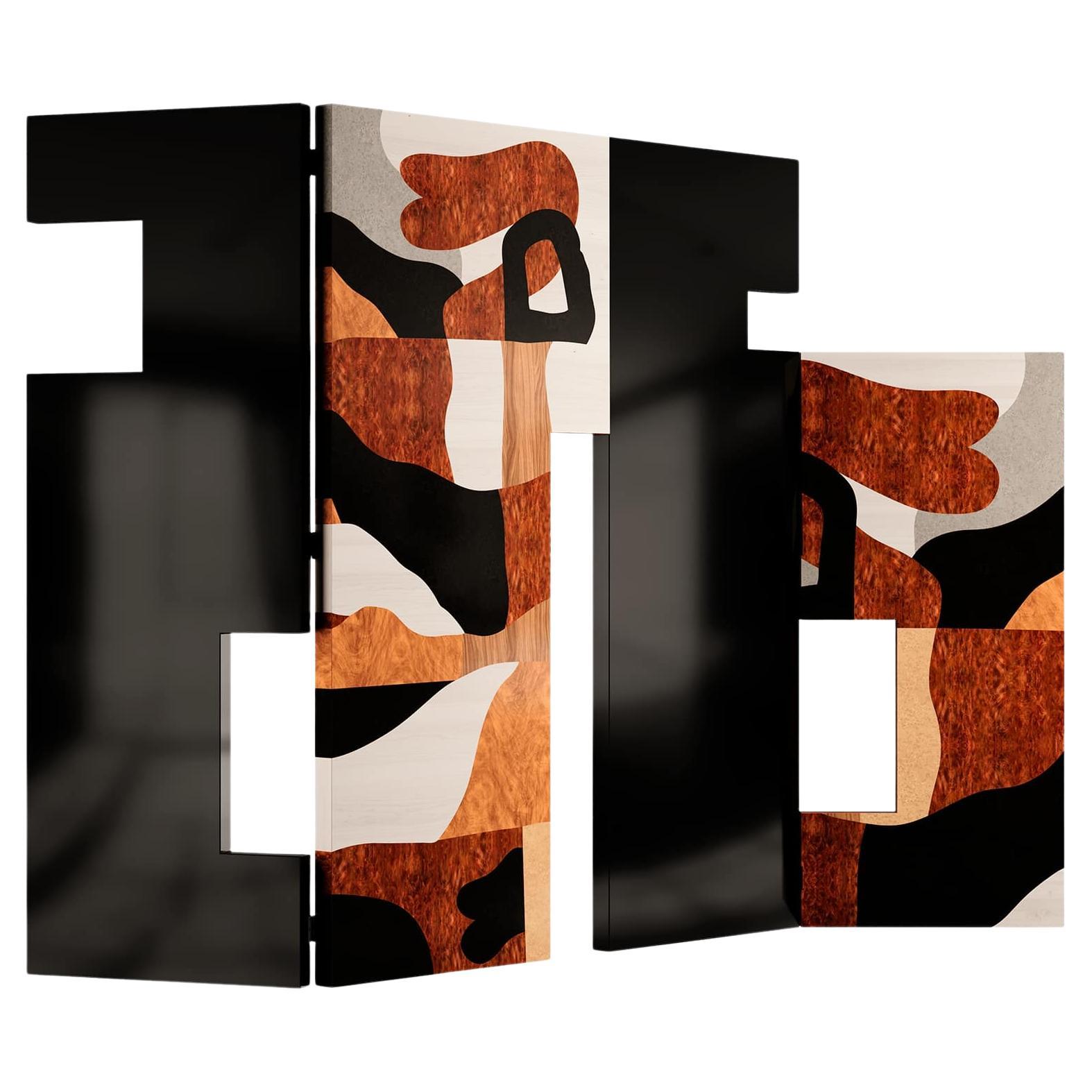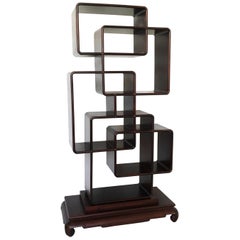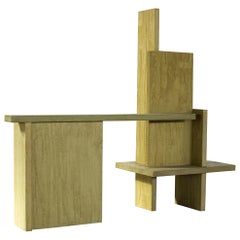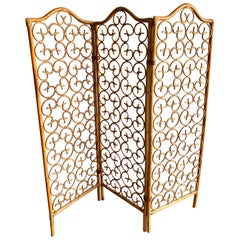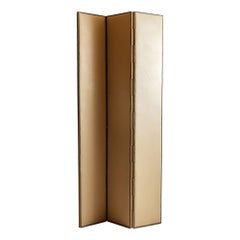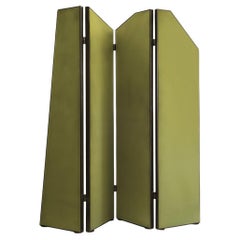
Asymmetric Room Divider by Delvis Unlimited Green Steel Colored
View Similar Items
1 of 16
Asymmetric Room Divider by Delvis Unlimited Green Steel Colored
About the Item
- Dimensions:Height: 78.75 in (200 cm)Width: 1.58 in (4 cm)Depth: 80.71 in (205 cm)
- Materials and Techniques:
- Place of Origin:
- Period:
- Date of Manufacture:2021
- Production Type:New & Custom(Limited Edition)
- Estimated Production Time:9-10 weeks
- Condition:
- Seller Location:Milano, IT
- Reference Number:1stDibs: LU7921234909692
Authenticity Guarantee
In the unlikely event there’s an issue with an item’s authenticity, contact us within 1 year for a full refund. DetailsMoney-Back Guarantee
If your item is not as described, is damaged in transit, or does not arrive, contact us within 7 days for a full refund. Details24-Hour Cancellation
You have a 24-hour grace period in which to reconsider your purchase, with no questions asked.Vetted Professional Sellers
Our world-class sellers must adhere to strict standards for service and quality, maintaining the integrity of our listings.Price-Match Guarantee
If you find that a seller listed the same item for a lower price elsewhere, we’ll match it.Trusted Global Delivery
Our best-in-class carrier network provides specialized shipping options worldwide, including custom delivery.You May Also Like
Chinese Asymmetrical Zitan Wood Collector's Shelf/Room Divider
Located in Dallas, TX
Unique blending of classical Chinese and Art Deco Étagère/ room divider, first quarter of the 20th century. All handcrafted free standing shelving unit, featuring asymmetrically conf...
Category
Early 20th Century Chinese Shelves
Materials
Wood
Space Poetry Moss Green Room divider
By Kiki van Eijk, Kiki & Joost
Located in Eindhoven, NL
Space Poetry is a collection of sculptural objects in which Kiki van Eijk researches the relationship between space and architecture. Her findings are translating into a series of pi...
Category
21st Century and Contemporary Dutch Modern Screens and Room Dividers
Materials
Organic Material
$9,344 / item
Room Divider
Located in Hellerup, DK
Vintage 1960s French bamboo three fold room divider or screen.
Category
Vintage 1960s French Screens and Room Dividers
Materials
Bamboo
$1,188
Room Divider
Located in Sagaponack, NY
A cream leather room divider consisting of three separate panels each connected using leather hinges and adorned with studded hardware along the e...
Category
21st Century and Contemporary Screens and Room Dividers
Materials
Leather
$6,800
Room Divider by Fred Leyman
By Fred Leyman
Located in Stockholm, SE
Spectacular sculptural room divider by Fred Leyman, custom-made for Majorna Library in Gothenburg in 1963. This piece is one of four that are each unique, made from wrought iron and hardened leather. The room dividers were granted substantial public interest and the studies for them were subsequently exhibited at Liljevalchs Konsthall in 1966. They were returned to the artist in the 1990s and acquired by Nordlings from the Leyman family in 2016.
Fred Leyman was a Swedish artist, schooled at the renowned Valand Art Academy in Gothenburg during the 1950s. Leyman worked in a distinctly modernist style influenced by the international modernist movement, music, political ideas and the environment in which he lived. He is best known for his around 40 large-scale sculptures erected in public spaces in Gothenburg and other parts of southwestern Sweden.
Fred Leyman lived on the island of Orust with his wife and children, in accordance with what he found to be ”a good life” – close to nature on a small farm with sheep and horses. He was also deeply interested in music, particularly traditional folk music. Both the open, marine landscape of Orust and the rhythmical qualities in music were vital forces in his artistry and in the development of his personal style. Leyman used iron and steel and sometimes wood and leather in his sculptures. These are characterized by sharp and billowing graphic lines and the use of negative space, seemingly always reaching somewhere. It is an expression striking the perfect balance between abstract and concrete.
Leyman’s materials of choice were particularly suitable for large and sustainable...
Category
Vintage 1960s Swedish Mid-Century Modern Screens and Room Dividers
Materials
Wrought Iron
$21,840
Room Divider by Fred Leyman
By Fred Leyman
Located in Stockholm, SE
Spectacular sculptural room divider by Fred Leyman, custom-made for Majorna Library in Gothenburg in 1963. This piece is one of four that are each unique, made from wrought iron and hardened leather. The room dividers were granted substantial public interest and the studies for them were subsequently exhibited at Liljevalchs Konsthall in 1966. They were returned to the artist in the 1990s and acquired by Nordlings from the Leyman family in 2016.
Fred Leyman was a Swedish artist, schooled at the renowned Valand Art Academy in Gothenburg during the 1950s. Leyman worked in a distinctly modernist style influenced by the international modernist movement, music, political ideas and the environment in which he lived. He is best known for his around 40 large-scale sculptures erected in public spaces in Gothenburg and other parts of southwestern Sweden.
Fred Leyman lived on the island of Orust with his wife and children, in accordance with what he found to be ”a good life” close to nature on a small farm with sheep and horses. He was also deeply interested in music, particularly traditional folk music. Both the open, marine landscape of Orust and the rhytmical qualitites in music were vital forces in his artistry and in the development of his personal style. Leyman used iron and steel and sometimes wood and leather in his sculptures. These are characterized by sharp and billowing graphic lines and the use of negative space, seemingly always reaching somewhere. It is an expression striking the perfect balance between abstract and concrete.
Leyman’s materials of choice were particularly suitable for large and sustainable...
Category
Vintage 1960s Swedish Mid-Century Modern Screens and Room Dividers
Materials
Wrought Iron
$21,840
Recently Viewed
View AllMore Ways To Browse
Mansour Carpet
Mid Century Plywood Shell Chair
Mid Century Sling Back Chairs
Mid Century Teak Ottoman
Mid Century Teak Side Tables Pair
Mod Coffee Table
Modern Silver Plated Cutlery
Molded Wood 1960
Mother Of Pearl Chair
Multi Fabric Sofa
Murano Ashtray Red
Old Sheffield Plate
Opulent Armchair
Outdoor Sectional
Oval Dining Table With Metal Base
Painted Swedish Console Table
Painted Swedish Console Tables
Painted Wicker Chair
